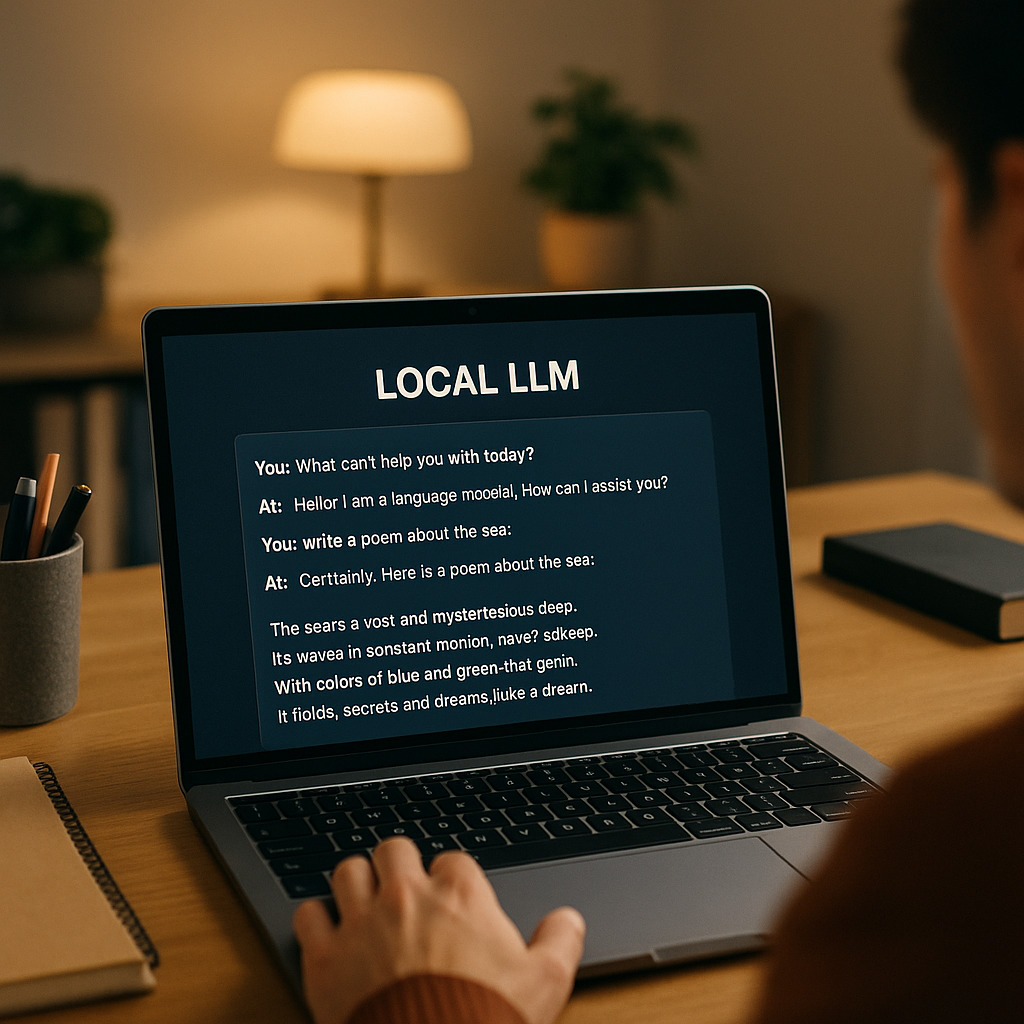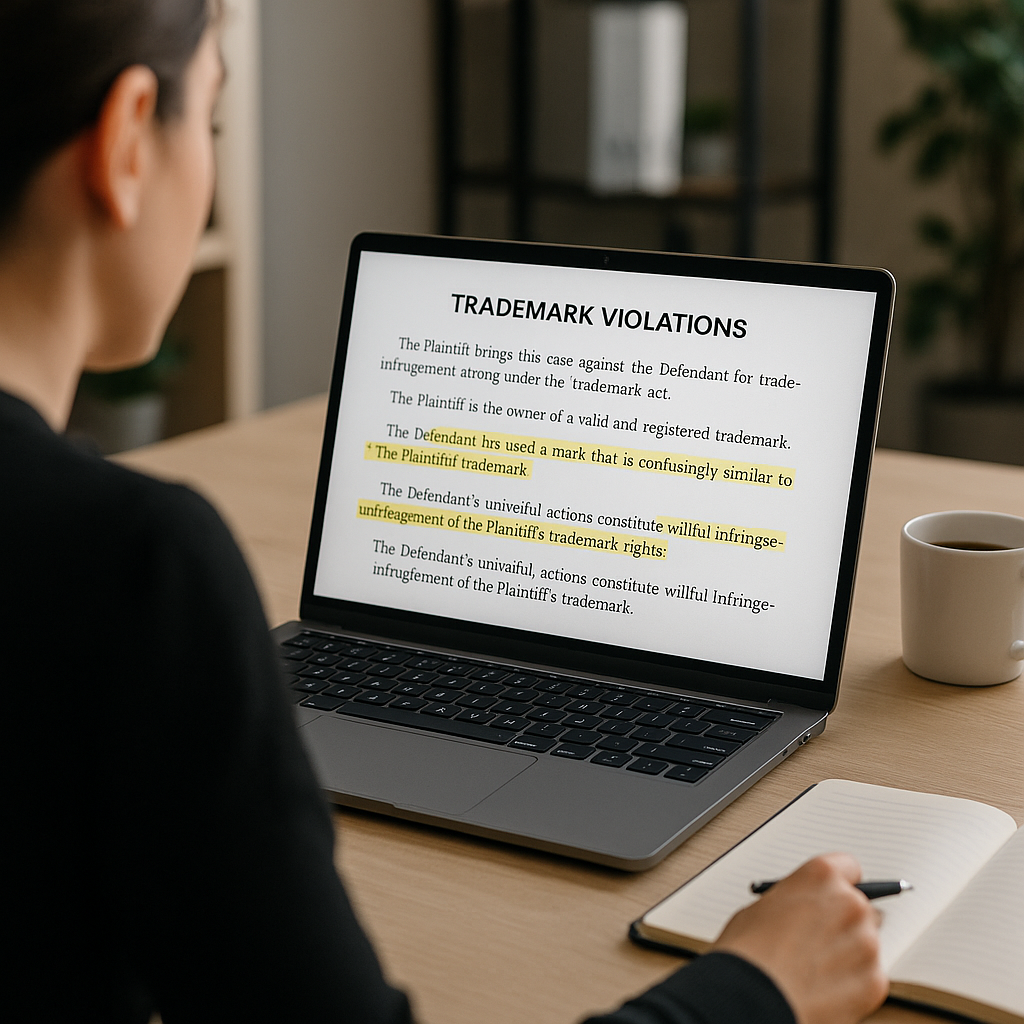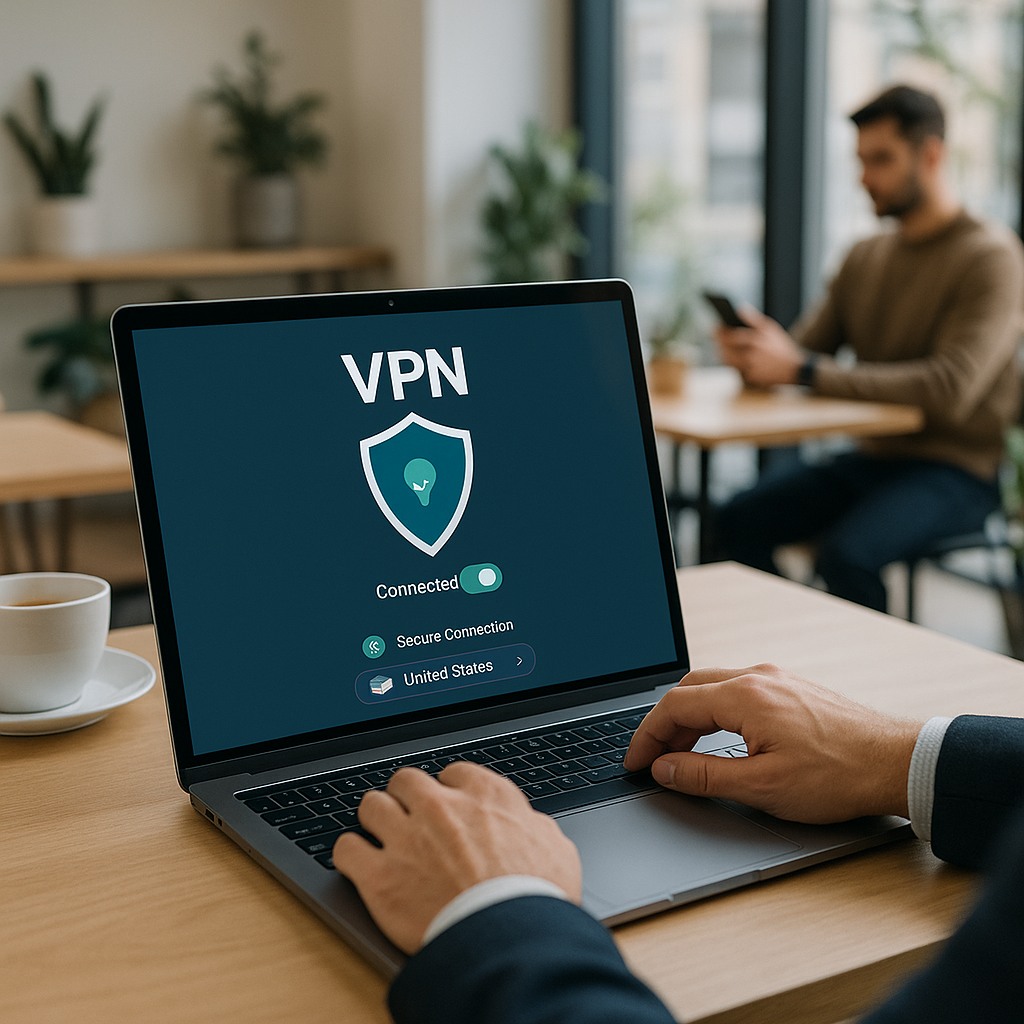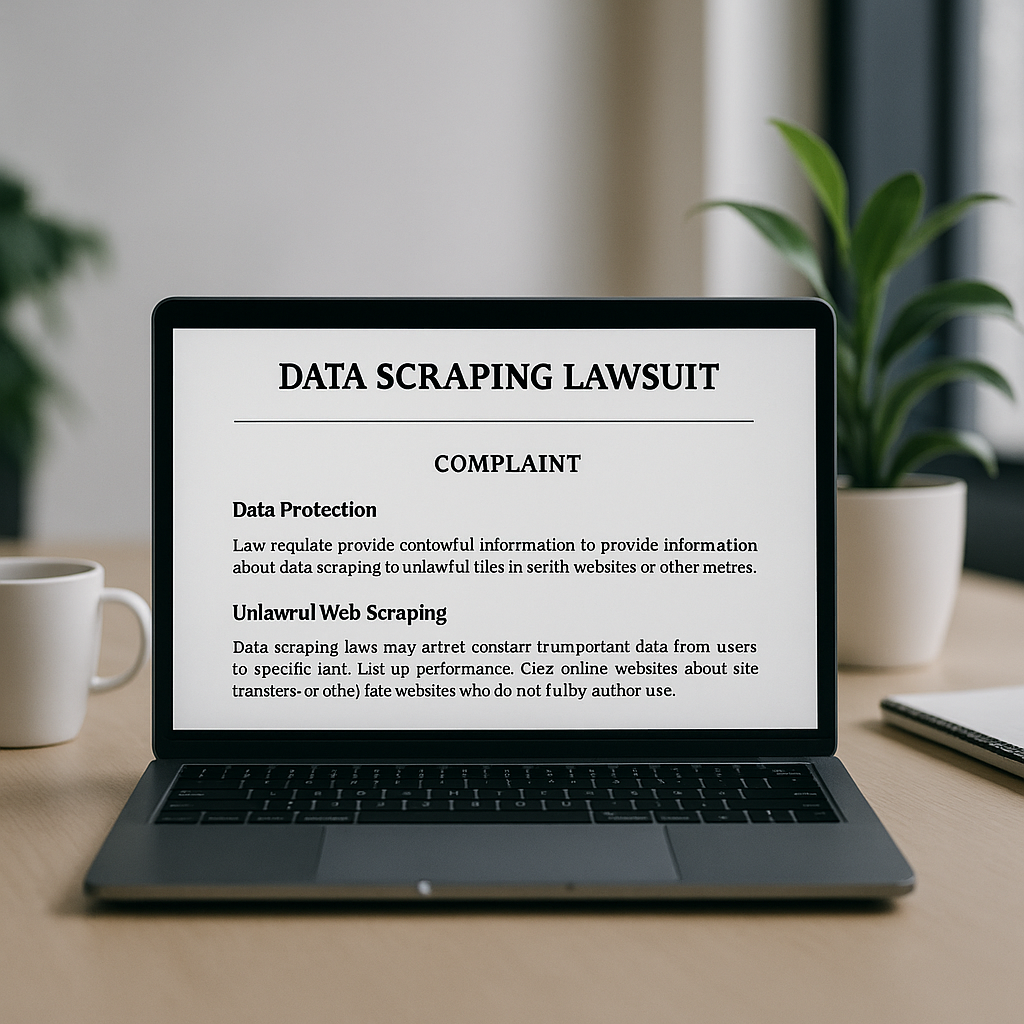How to Run a Local LLM: Your Complete Guide to Setup & Best Models (2025)
Are you a business decision-maker or entrepreneur worried about the costs of using cloud-based AI solutions like ChatGPT? Or perhaps you operate in a strict regulatory environment where data governance is paramount, making it challenging to rely on external services? If so, running Large Language Models (LLMs) locally could be the perfect solution for your organization’s needs.
At Best Choice, we believe that local LLMs provide a cost-effective and secure alternative to cloud-based options. By managing models on your own hardware, you can avoid the ongoing costs of API calls and retain complete control over your sensitive data. Local setups are particularly beneficial in sectors such as healthcare, finance, and legal, where data privacy is crucial. Plus, they offer a fantastic opportunity for experimentation and learning—empowering you to deepen your understanding and control of AI applications.
What is a Local LLM?
A local LLM is a powerful AI that resides on your computer, processing data without the need to send it to a cloud provider. This approach means you can harness the full potential of LLMs while keeping sensitive information securely within your own infrastructure. Locally-run models allow you the flexibility to experiment, customize, and adapt the model precisely to your business’s unique needs—without relying on external support.
Benefits of Running Local LLMs
There are several advantages to implementing local LLMs in your organization:
- Cost-Effectiveness: Investing in hardware may have an upfront cost, but running models locally cuts down on recurring expenses, ultimately saving money over time.
- Data Privacy: Sensitive data remains within your control, meeting stringent compliance requirements.
- Performance Optimization: Tailored configurations allow for runs customized to your specific tasks, ensuring improved performance.
- Flexibility in Experimentation: Tinker with different configurations and models to find the perfect fit for your objectives, such as marketing campaigns or customer service automation.
Hardware Necessities for Local LLMs
To begin your journey with local LLMs, you’ll first need to consider your hardware. A modern PC or laptop with a dedicated graphics card will greatly enhance performance. Here are key components to keep in mind:
- Graphic Processing Unit (GPU):Total VRAM is essential; more video RAM allows for larger models to run faster.
- RAM: At least 16GB is recommended to comfortably run most local LLMs.
- Storage: Ample free disk space is necessary to host these resource-intensive models.
Software Requirements for Running Local LLMs
Beyond hardware, the software you use plays a crucial role. Here are three key categories you’ll want to consider:
- Servers: These manage LLMs as background services (e.g., Ollama, Lalamafile).
- User Interfaces: Tools that allow easy interaction with LLMs, facilitating input and output (e.g., OpenWebUI, LobeChat).
- Full-Stack Solutions: All-in-one platforms combining server management and user interface (e.g., GPT4All, Jan).
Choosing the Right Open-Source Model for Your Needs
The landscape of open-source LLMs is growing rapidly, with many models available that can cater to different business purposes. Popular options include:
- Llama (Meta AI): Known for strong reasoning, adaptable in size for various hardware setups.
- Qwen (Alibaba Cloud): Offers multilingual capabilities and tool-calling features.
- DeepSeek: Excellent for reasoning and coding tasks, providing strong alternatives to proprietary models.
Implementing Local LLMs for Real-World Use Cases
Consider a few practical examples of how local LLMs could revolutionize processes in different industries:
Cafés and Restaurants
Imagine a café using a local LLM to manage customer reservations and optimize inventory. By automating these systems, the business can save time and reduce human error, leading to better customer service.
Online Stores
An e-commerce company could leverage local LLMs for personalized marketing, crafting tailored emails based on customer behavior. This means higher engagement and increased sales.
Clinics
A healthcare provider might utilize a local LLM to streamline patient inquiries, allowing for more efficient appointment scheduling and reducing the burden on administrative staff.
Getting Started with Local LLMs
If you’re ready to dive into the world of local LLMs, here’s a simple step-by-step guide:
- Select an LLM: Choose a model that fits your needs and hardware.
- Install and Configure Software: Use tools like Ollama for management and ensure your chosen interface is set up.
- Experiment and Optimize: Begin with a small project, gather insights, and fine-tune your setup for better performance.
Final Thoughts
Running LLMs locally is not just an attainable goal; it also represents a significant step towards innovative business practices. Whether you’re looking to save costs, prioritize data privacy, or delve deeper into AI’s capabilities, local LLMs offer myriad advantages. For businesses like those in Denmark and across Europe, harnessing this technology means increased efficiency and enhanced decision-making.
If you’re interested in implementing local LLMs or have any questions about the best solutions for your business, don’t hesitate to reach out to us at Best Choice. We’re here to help you navigate the world of IT and find the perfect custom-built solutions for your needs!





